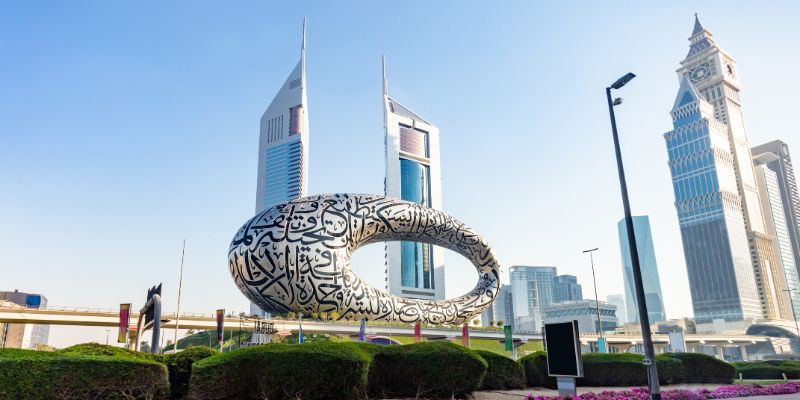Gentrification is a term used to describe the urban renewal and development process that leads to the displacement of lower-income residents and the influx of more affluent individuals and businesses.
This phenomenon has become increasingly common in many cities around the world, including the United States, where it has had a significant impact on local communities.
While some argue that gentrification brings positive changes to neighborhoods, such as increased economic growth and improved infrastructure, others contend that it has negative consequences, such as the loss of affordable housing and cultural identity.
In this blog, we will explore the causes and effects of gentrification on the fabric of local communities.
What is Gentrification?
Gentrification is a complex process involving the transformation of urban neighborhoods from low-income, working-class areas to more affluent and upscale communities.
This transformation typically involves renovating and revitalizing old buildings, introducing new businesses and amenities, and welcoming an influx of new residents who are often wealthier and more educated than the original inhabitants.
While gentrification can bring positive changes to neighborhoods, such as improved safety and increased property values, it can also have negative consequences, such as the displacement of long-time residents and the loss of affordable housing.
Overview of the Issue
Gentrification has been a controversial issue for many years, with debates about its impact on local communities and the people who live in them. Some argue that it is a natural part of urban development, while others see it as a form of economic and cultural imperialism that benefits the few at the expense of the many.
In this blog, we will provide an overview of the issue and examine both sides of the debate around gentrification.
Positive Effects of Gentrification
Proponents of gentrification argue that it can positively impact the welfare of communities. Here are three main aspects of this impact.
1. Increase in Property Values
One of the most commonly cited benefits of gentrification is the increase in property values. As new residents move in and invest in their homes, the overall value of the neighborhood rises.
This can benefit long-time homeowners, who may see the value of their own property increase, as well as the local government, which can collect more in property taxes. Additionally, higher property values can attract more businesses to the area, creating new job opportunities and stimulating economic growth.
2. Improved Infrastructure
Another positive impact of gentrification is the improvement of infrastructure in the neighborhood. As more affluent residents move in, they often demand better services and amenities, such as parks, schools, and public transportation.
This can lead to increased investment in the area from both the government and private sector, resulting in better infrastructure for all residents. Additionally, the presence of more affluent residents can lead to a reduction in crime rates and an increase in safety measures such as improved lighting and surveillance.
3. Diversification of Communities
Another potential benefit of gentrification is the diversification of communities. Gentrification often brings in residents from different socioeconomic backgrounds, which can lead to a more diverse population. This can create a more vibrant and inclusive community with a mix of cultures, perspectives, and experiences.
This can lead to increased tolerance and understanding between different groups of people, which can help reduce prejudice and discrimination.
Negative Effects of Gentrification
On the other side of the debate, critics of gentrification raise a number of arguments against it. These are three of these popular arguments.
1. Displacement of Low-Income Residents
One of the most common criticisms of gentrification is that it often leads to the displacement of low-income residents. As property values increase and new developments are built, landlords may raise a neighborhood’s unique character or sell properties, making it difficult or impossible for long-time residents to afford to stay in their neighborhoods.
This can lead to a loss of affordable housing options and decreased socioeconomic diversity. Additionally, the displacement of low-income residents can have negative effects on their mental and physical health, as well as their access to community resources and social networks.
2. Loss of Local Culture
Another argument against gentrification is that it can lead to the loss of local culture. As new residents move in and businesses catering to their tastes open up, the unique character of a neighborhood may be erased.
This can include the disappearance of local businesses, restaurants, and cultural institutions that may not fit the new demographic’s preferences. Additionally, the influx of new residents may lead to a homogenization of the area, erasing the diversity that once made the neighborhood unique.
3. Increase in Cost of Living
Another negative effect of gentrification is the increase in the cost of living. As property values rise, so do rents and home prices. This can make it difficult for long-time residents to afford to stay in their homes and may force them to move to less expensive areas.
Additionally, the cost of goods and services in the area may also increase as businesses cater to the new, more affluent residents. This can create a cycle of gentrification that leads to the displacement of low-income residents and the erosion of the neighborhood’s character and diversity.
Conclusion
In conclusion, gentrification can positively and negatively affect a neighborhood. While it can bring new investment and revitalization, it can also lead to the displacement of long-time residents and the loss of the area’s unique character.
It is important for policymakers and developers to consider the impact of their actions on the community and work to mitigate the negative effects of gentrification. Only then can we create truly inclusive and sustainable neighborhoods.





